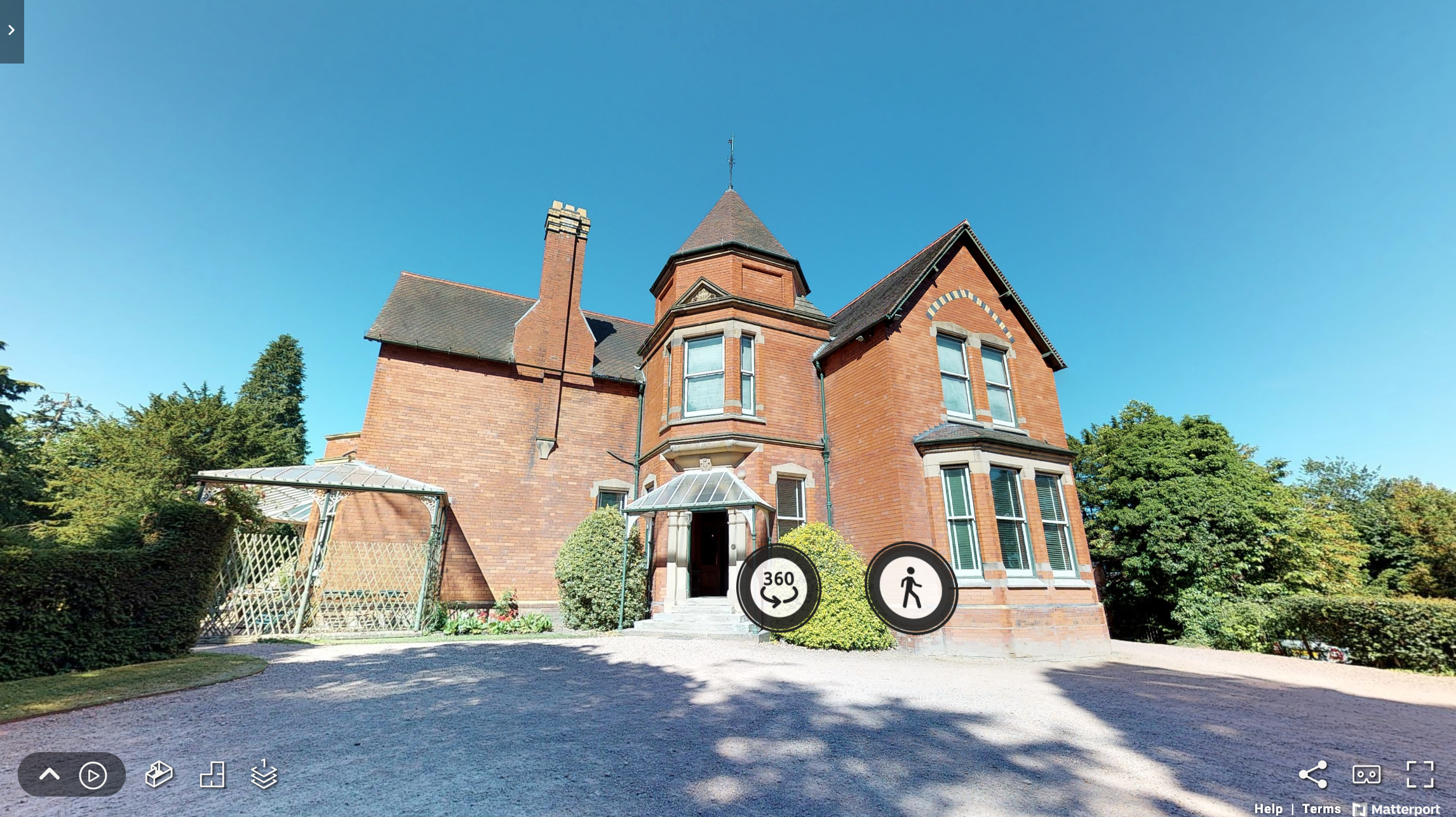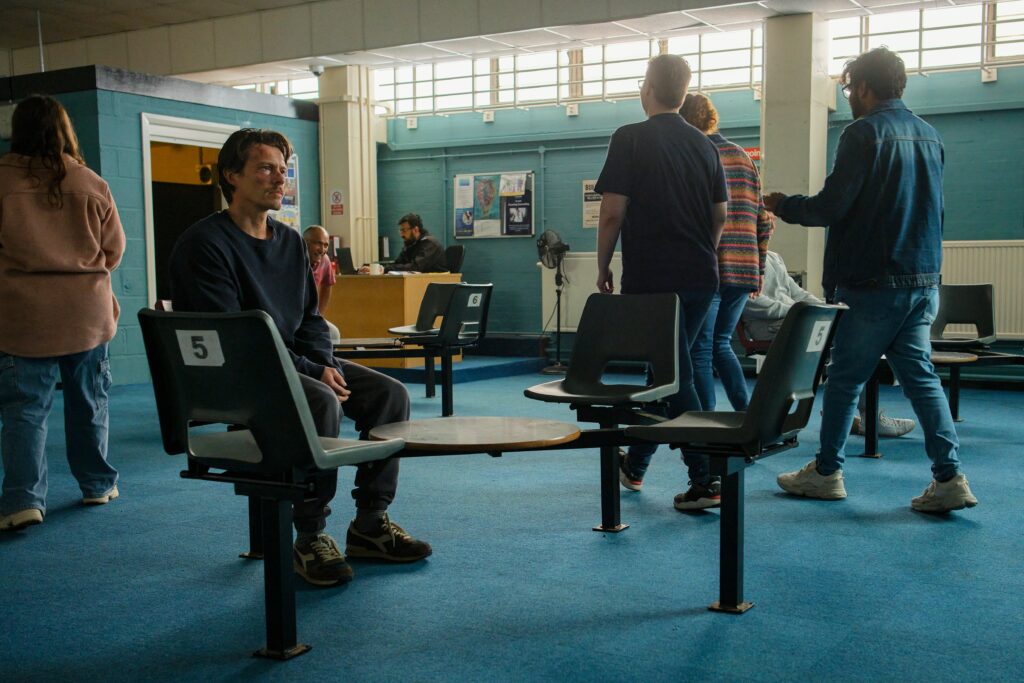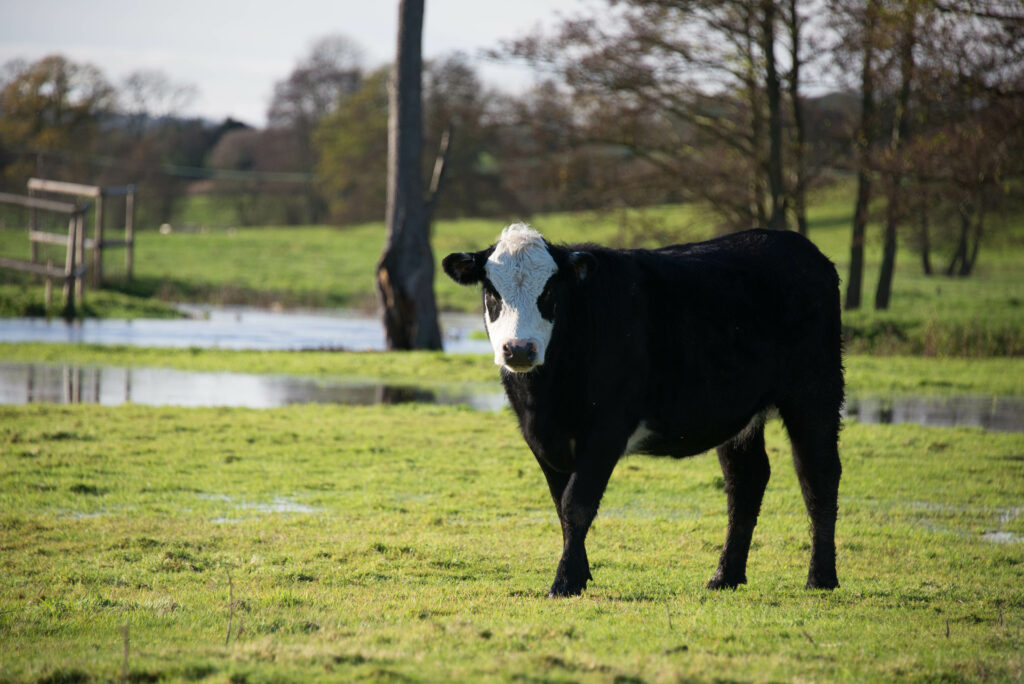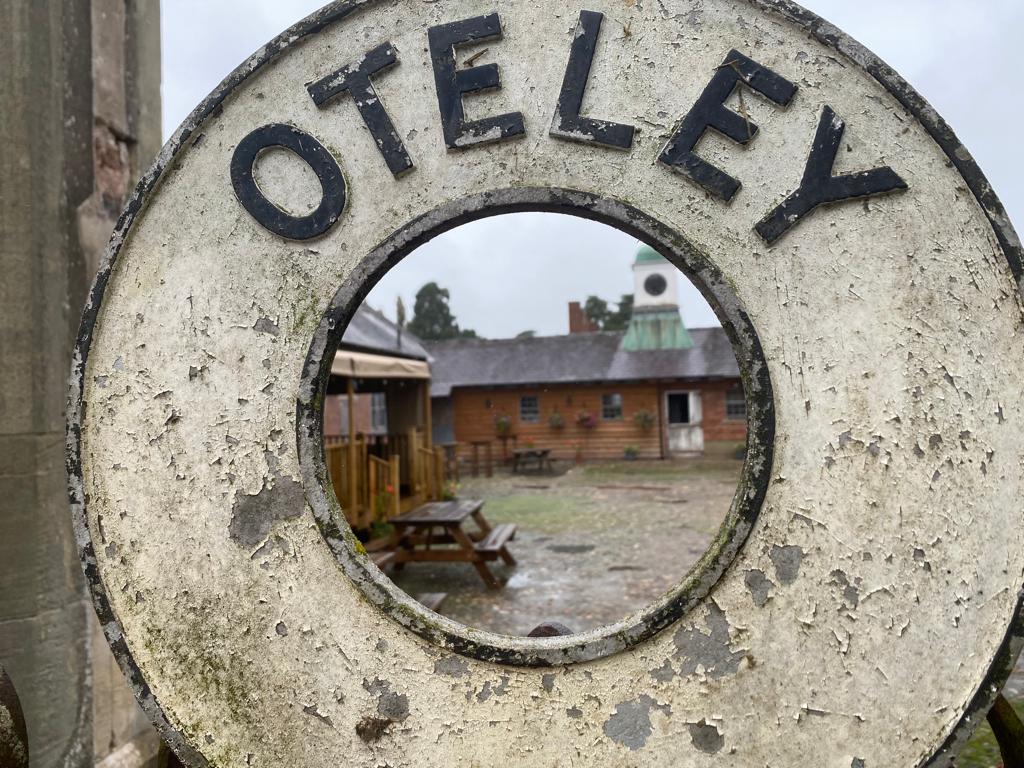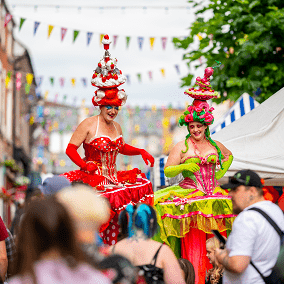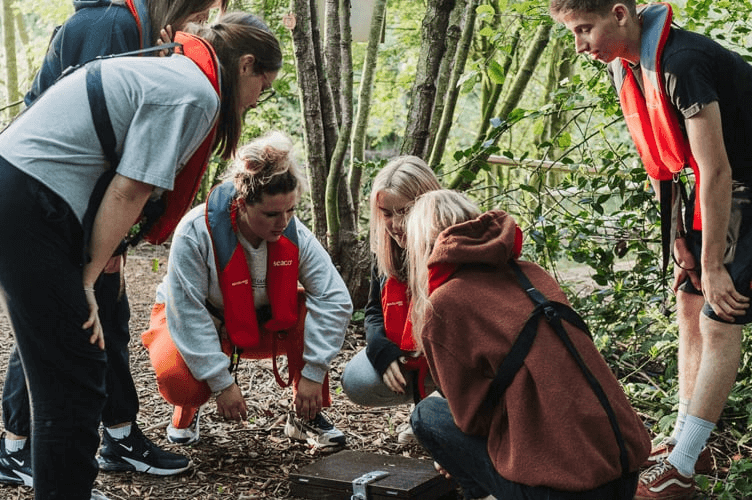During this difficult time, Shropshire’s attractions are temporarily closed, and most people are spending a lot more time than usual at home. With this in mind, here’s how you can experience some of Shropshire’s historical sites from the comfort of your sofa…
Bedlam Furnaces
Bedlam Furnaces, one of the most important industrial monuments in the Ironbridge Gorge World Heritage Site, has been taken off Historic England’s Heritage at Risk Register, thanks to the construction of a protective canopy by the Ironbridge Gorge Museum Trust, with the support of Historic England and the Ironbridge (Telford) Heritage Foundation. Bedlam Furnaces are of international significance as they were amongst the first in the country to be built specifically to smelt iron with coke and research suggests that much of the ironwork for the Iron Bridge was cast there. Now they are believed to be the last furnaces of their type that remain largely intact. Explore the site here.
The Bates and Hunt Chemist in Blists Hill Victorian Town
The Bates and Hunt chemist shop in Blists Hill is a reconstruction, which takes its name from a local shop trading during Victorian times. The chemist would have dispensed medicines, herbal remedies, household goods and toiletries. Walk through the chemist here.
Shrewsbury Flaxmill Maltings
Shrewsbury Flaxmill Maltings is proudly known as the “grandfather of all skyscrapers”, despite being only 5 storeys tall. The site comprises eight listed buildings, including the Main Mill, which when built in 1797, was the world’s first iron-framed building, paving the way for the modern skyscrapers that now burst through the skylines of our major commercial centres. It is one of the most important buildings of the industrial revolution. Walk through Shrewsbury flaxmill maltings.
Telford Steam Railway
The Telford Steam Railway is a heritage railway located at Horsehay, Telford in Shropshire, England, formed in 1976. Explore the steam railway here.
Sunny Croft
Originally built by a brewer on three acres of land and on a modest scale in 1879. The house was extended in 1899 to its present layout by Mary Jane Slaney, the widow of a wine and spirit merchant.
In 1910 it was bought by J. V. T. Lander and stayed with the Lander family until 1997 when it passed to the National Trust. Apart from minor cosmetic changes, including the introduction of electricity, little has changed since Mary Jane Slaney extended the house.
The Landers have left a lasting legacy to Sunnycroft, they threw little away, allowing the life of an Edwardian house to envelope you as you walk in. Wonder through Sunnycroft here.
